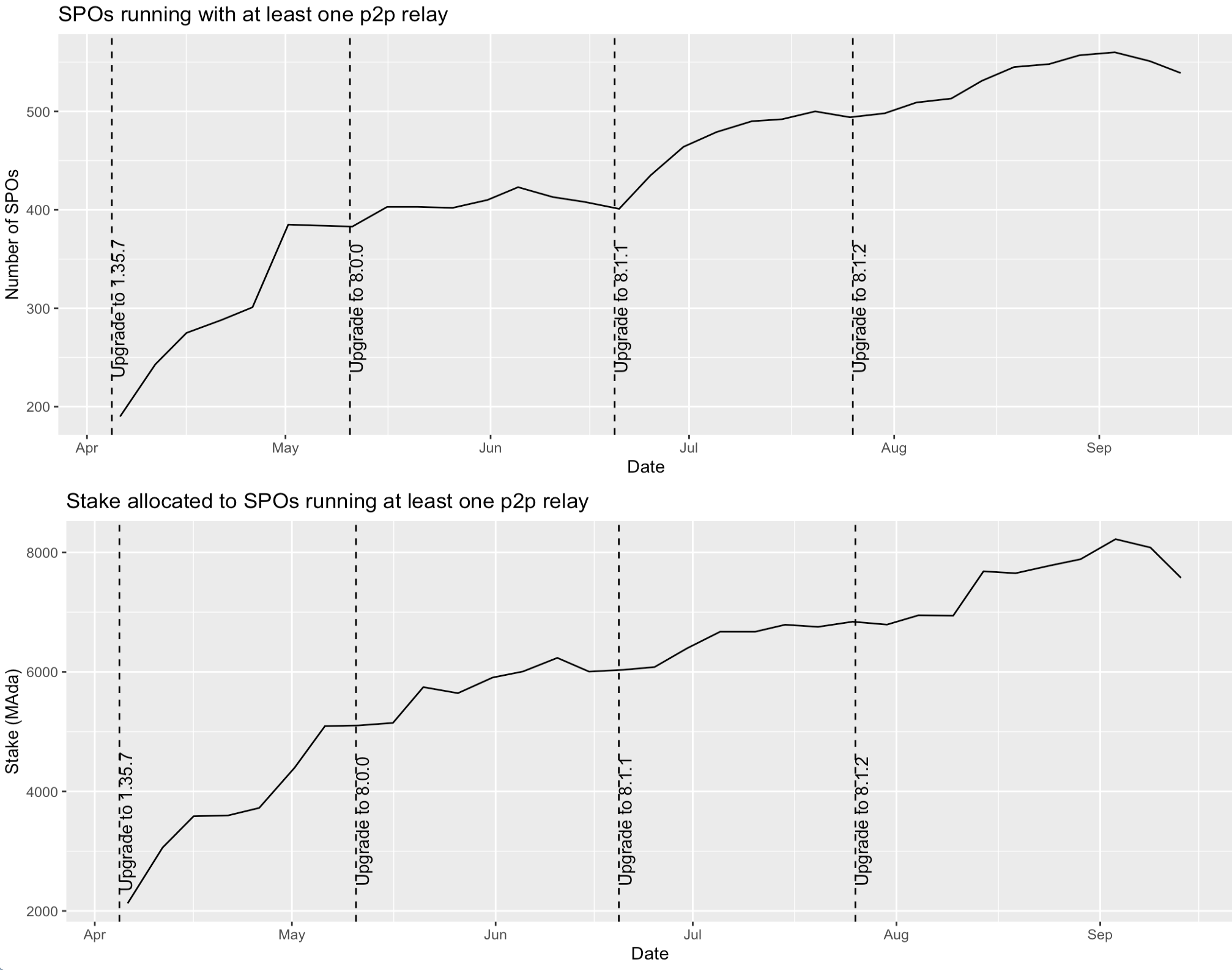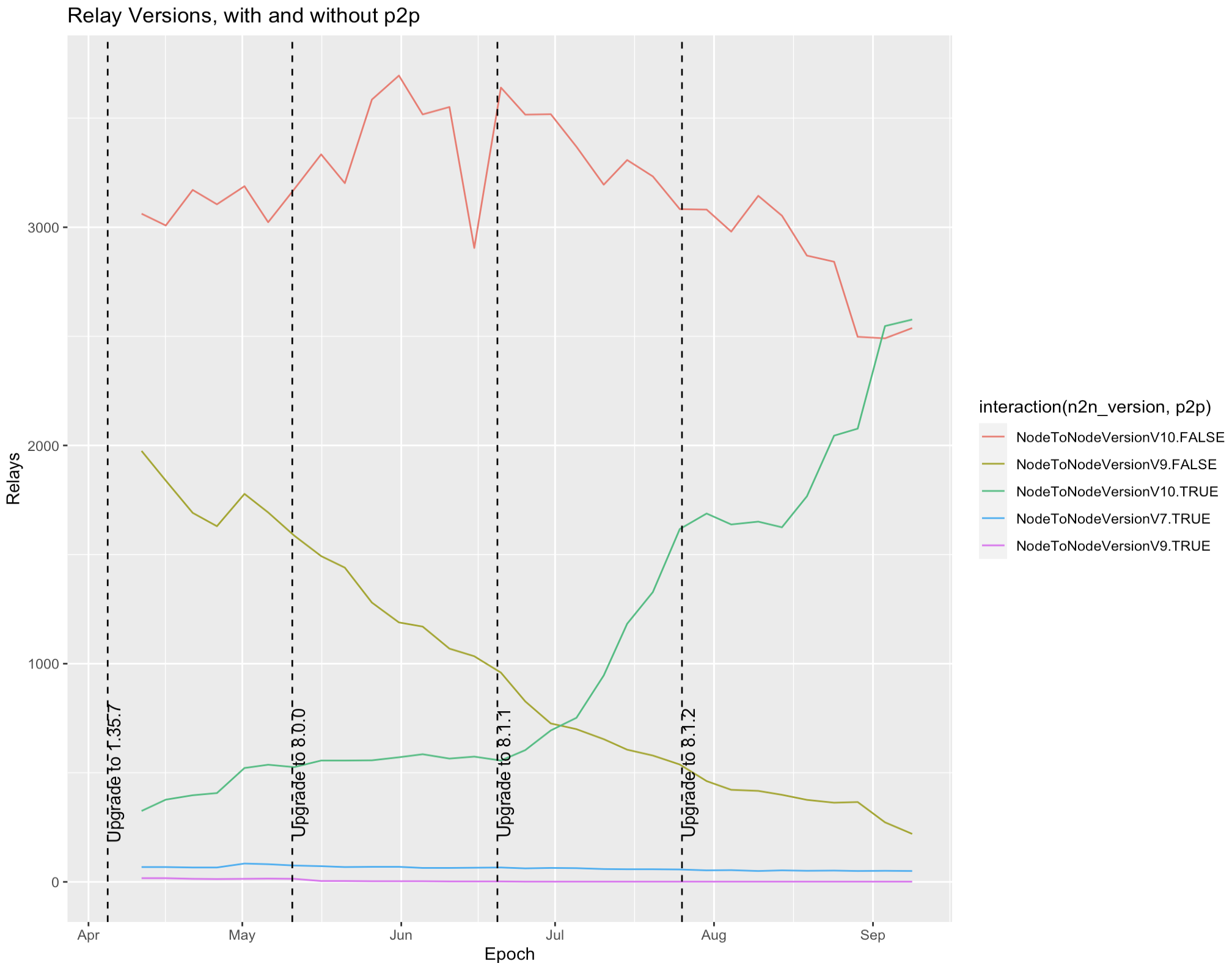High-level overview of sprint 44
Bootstrap Peers
In this sprint, we focused on developing bootstrap peers.
Thanks to the input from Samuel Leathers (IOG) and John Lotoski (IOG), we
identified a possible improvement to bootstrap peers. A more detailed
description is available here.
Cardano-Node-8.4.0 Release
We also were responsible for the cardano-node-8.4.0-pre release. A final
integration PR is currently being merged. We published
new versions of ouroboros-consensus, cardano-api and cardano-cli.
Towards Typed Protocols 0.2.0.0
We also updated the future typed-protocols-0.2.0.0 and its integration with
cardano-node. This is towards our goal which we planned for the next
quarter. The identified tasks are to fix breaking tests, and then measure and
address possible performance regressions.
Tech Debt
Mark Tullsen (Galois) submitted two more PRs: ouroboros-network-#4663,
ouroboros-network-#4664. We provided feedback on their other pull requests: ouroboros-network-#4661 and
ouroboros-network-#4660.
P2P adoption
In the last two weeks, there was a regression in P2P adoption concerning
the number of SPOs or stakes, although the number of overall P2P relays has
increased. Karl Knutsson (Cardano Foundation) is investigating
this issue.

The following graphs show several different versions of relays running on the mainnet. The
green line NodeToNodeVersionV10.True denotes P2P relays, which slowly
increase over time. The V9 and earlier versions of the node-to-node
the protocol indicates nodes version 1.35.x or earlier.

Data has been kindly provided by Cardano Foundation and their mainnet
monitoring infrastructure.
Open Source
We are in the process of upstreaming our ffi to Windows Named Pipes API to the Win32 package, see [win32-220].







